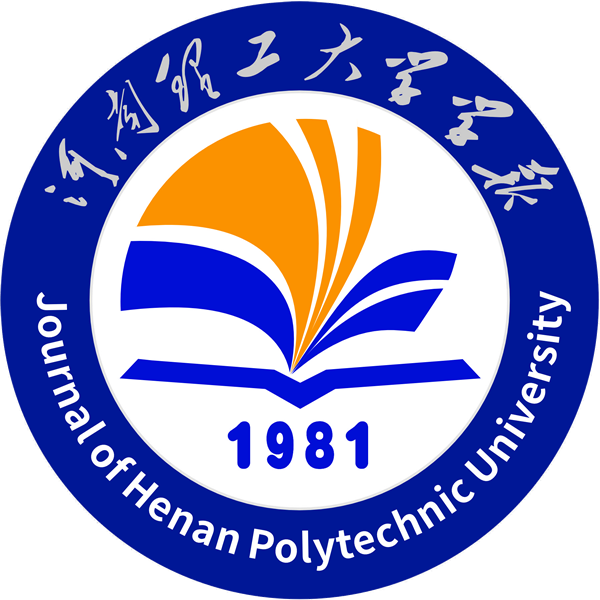| Time: 2021-11-10 | Counts: |
doi:10.16186/j.cnki.1673-9787.2020030078
Received:2020/03/23
Revised:2020/06/03
Published:2021/11/15
Inversion and verification of coseismic displacement field based on D-InSAR technology
GUO Shipeng, KANG Wei, HUANG Jimao, ZHANG Tingwei, LI Yun, ZHANG Wangfei
School of Geography and Ecotourism, Southwest Forest University, Kunming 650224 , Yunnan, China
Abstract:Differential interferometric synthetic aperture radar(D-InSAR) technique has great potential in map-ping the coseismic displacement field in the earthquake zone. However ,due to the large area of coseismic dis-placement field caused by earthquakes , it is difficult to verify the measurement data ( such as GPS , leveling points , etc. ) obtained in the corresponding surface area. It is difficult to test the accuracy of the coseismic dis-placement field information acquired by D-InSAR technique. In this paper ,M 6.7 earthquake in Kaohsiung, Taiwan province, China was taken as an example , and D-InSAR technology was used to invert the coseismic displacement field information of the region by adopting ascending and descending Sentinel-1A data. The validity of D-InSAR inversion results was verified by using the correlation of the ascending and descending orbit data of typical feature points and the geometric parameters of fault inversion based on elastic half space model (Okada) . The results showed that the inversion results of ascending and descending orbits were highly correlated ,the D-InSAR inversion results were consistent with the displacement field simulated by Okada model. D-InSAR inversion results showed that the maximum uplift and subsidence of the seismic area were 17. 2 cm and 15. 6 cm, respectively ; And the R2 of linear fitting of the shape variables of the typical feature points of the ascending and descending orbits was 0. 978 4. Okada inversion parameters showed that the earthquake was located on the fault zone of Qishan fault and Chaozhou fault, the focal depth was 14.59 km, and the seismogenic mechanism was strike slip thrust fault
Key words:earthquake;coseismic displacement field;D-InSAR;inversion;Okada
- 附件【基于D-InSAR技术的同震位移场反演及验证_郭世鹏.pdf】Download 次

